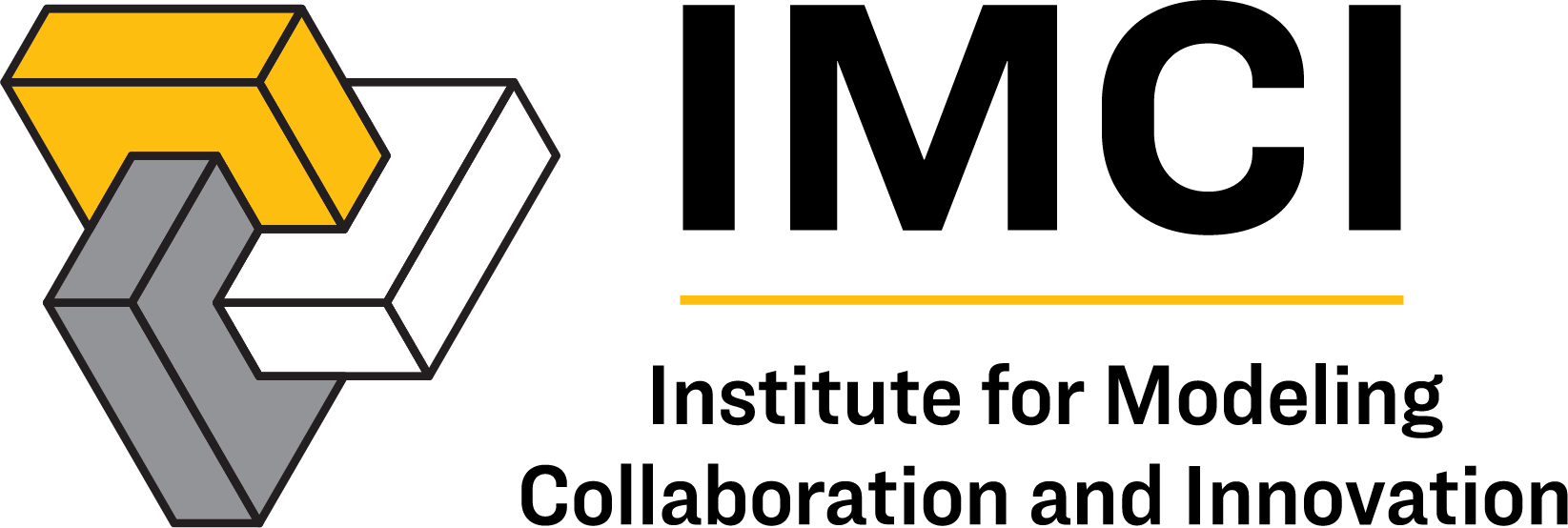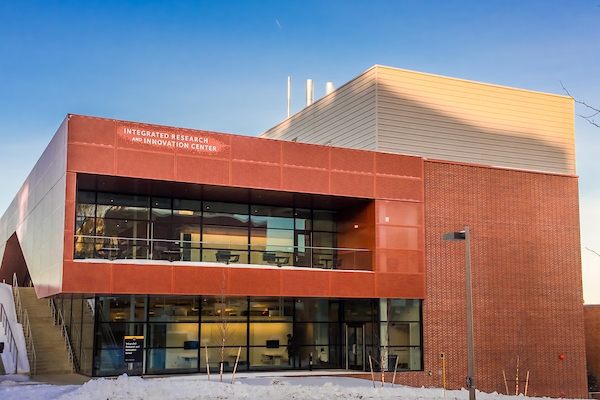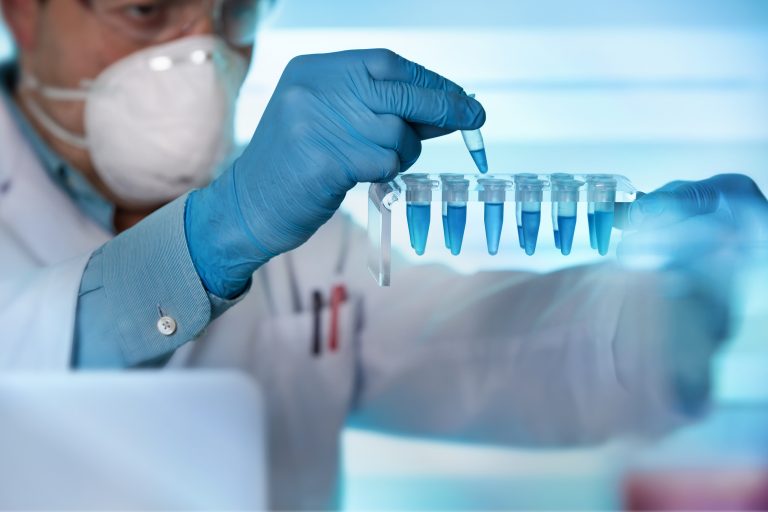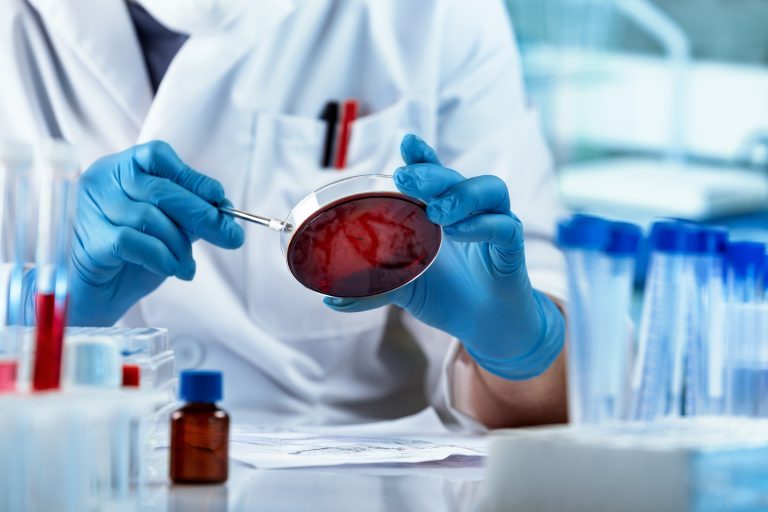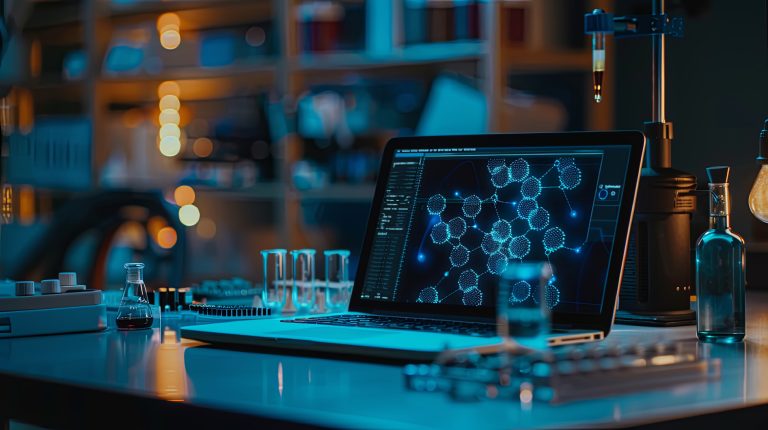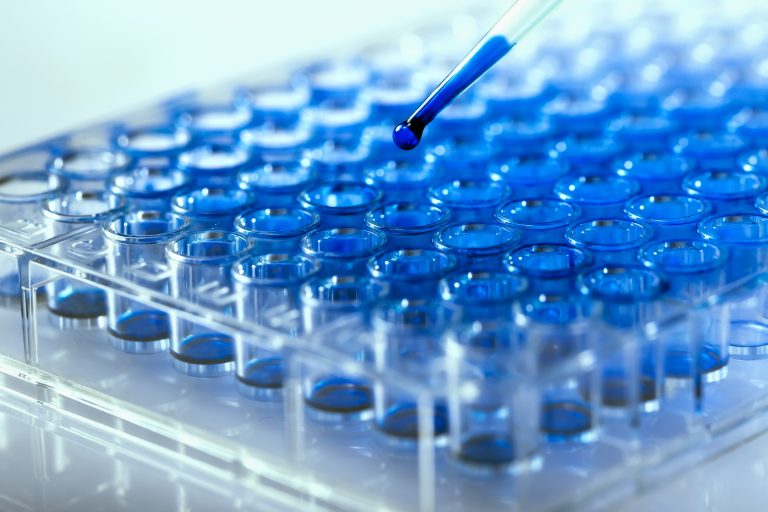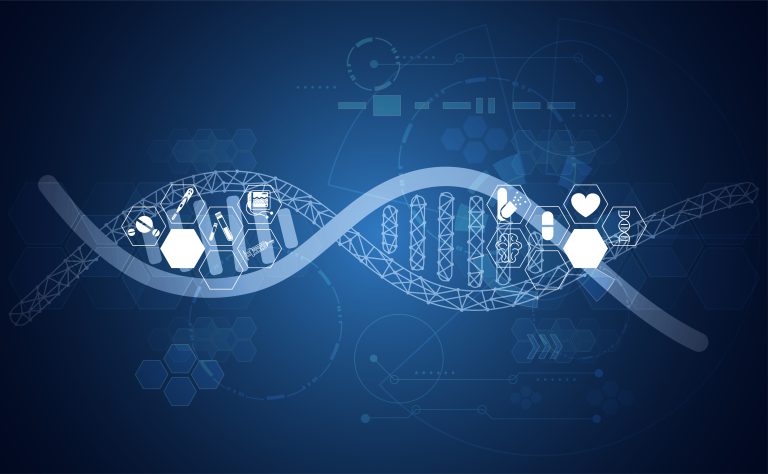Animals’ Susceptibility to Coronavirus Subject of U of I Research
The following article highlights research funded through IMCI. The original news release was written by Ralph Bartholdt in University of Idaho Communications and Marketing. MOSCOW, Idaho — Sept. 17, 2020 — Whether coronavirus can use farm animals or North American bats as intermediate hosts to spread the novel pathogen SARS-CoV2 is being explored by three University…
